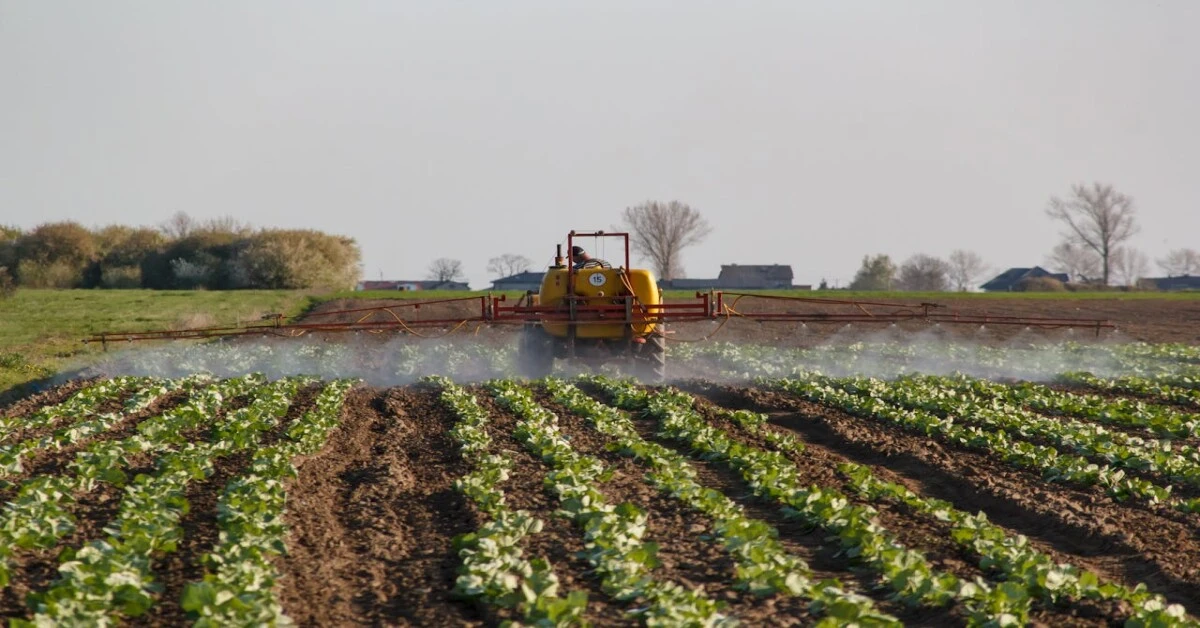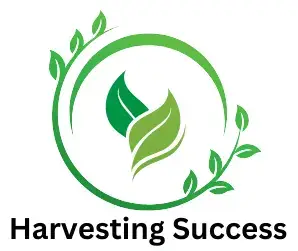Farming is the backbone of food production, but not all methods are the same. Two widely used approaches are organic farming and conventional farming.
While organic farming relies on natural techniques, avoiding synthetic chemicals and focusing on soil health, conventional farming uses modern farming techniques, including chemical fertilizers and pesticides, to boost crop yields.
Understanding the key differences between organic and conventional farming helps consumers, farmers, and policymakers make informed choices. The decision between these methods affects food quality, environmental sustainability, and human health.
Both have strengths and challenges. Organic foods are often viewed as healthier due to fewer chemicals, while conventional farming supports large-scale food production to meet global demand. Recognizing conventional and organic farming differences is crucial for shaping sustainable agricultural practices.
What is Organic Farming?
Organic farming is a natural approach to agriculture that avoids synthetic chemicals and promotes ecological balance. It focuses on maintaining healthy soil, biodiversity, and sustainable farming practices.
Unlike conventional methods, organic farming does not use artificial fertilizers or pesticides, making it an eco-friendly agriculture practice.
Farmers use several natural farming methods to maintain soil fertility and protect crops. Crop rotation prevents soil depletion, while composting enriches the land with organic nutrients.
Instead of chemical pesticides, biological pest control methods, such as introducing beneficial insects, help manage pests. These practices support a more sustainable and environmentally friendly way of growing food.
One of the biggest advantages of organic farming is its positive impact on the environment. It helps reduce soil degradation, protects water sources from chemical contamination, and encourages organic certification standards that ensure food safety.
Additionally, organic crops are free from harmful residues, making them a preferred choice for health-conscious consumers.
By following these principles, organic farming not only benefits the planet but also provides chemical-free, high-quality produce. As the demand for natural and sustainable food grows, more farmers are shifting toward organic methods to meet consumer needs.
What is Conventional Farming?
Conventional farming is a modern agricultural system that relies on technology, synthetic inputs, and large-scale production to maximize crop yields. It is widely used worldwide to meet the growing demand for food.
Unlike organic farming, this method depends on chemical fertilizers and pesticides to enhance plant growth and prevent crop diseases.
Key modern farming systems include mechanized farming, which uses advanced machinery for planting and harvesting, and monoculture farming, where the same crop is grown repeatedly on large plots of land.
Many conventional farms also use genetically modified organisms (GMOs) to improve crop resistance and increase productivity.
The main advantage of conventional farming is its efficiency and high yield production. It allows farmers to grow food faster and at a lower cost. This method ensures a stable food supply, making it essential for feeding large populations.
However, it also raises concerns about soil degradation, water pollution, and chemical residues in food.
Understanding conventional and organic farming differences helps consumers choose food that aligns with their values. While conventional methods focus on quantity and efficiency, organic farming prioritizes sustainability and natural growth.
Both systems play a role in global food production, balancing economic needs with environmental impact.

Key Differences Between Organic and Conventional Farming
The table below highlights the key differences between organic and conventional farming:
| Aspect | Organic Farming | Conventional Farming |
| Farming Method | Natural techniques, composting, and crop diversity | Synthetic inputs, heavy machinery, and monoculture |
| Use of Chemicals | No synthetic fertilizers or pesticides | Uses chemical fertilizers and pesticides |
| Environmental Impact | Eco-friendly, maintains biodiversity | Can cause soil degradation and pollution |
| Yield and Cost | Lower yields, higher costs but premium pricing | Higher yields, lower costs, but chemical-dependent |
Farming Methods
Organic farming relies on natural techniques to grow crops and maintain soil fertility. Farmers use crop rotation, composting, and cover cropping to improve soil health. Instead of synthetic fertilizers, organic matter like manure and compost enriches the land. These methods promote biodiversity and long-term sustainability.
In contrast, conventional farming focuses on high efficiency and large-scale production. It relies on mechanized equipment, monoculture planting, and chemical soil treatments to boost yields. Intensive irrigation and synthetic fertilizers ensure rapid plant growth, but they may lead to soil depletion over time.
Use of Chemicals and Pesticides
Organic farming avoids synthetic fertilizers, herbicides, and pesticides. Instead, farmers use biopesticides, crop rotation, and natural predators to control pests. This approach reduces chemical exposure, making organic food a healthier choice for consumers.
Conventional farming, however, depends on chemical fertilizers and pesticides to enhance productivity. These substances increase crop yield and protect plants from pests and diseases, but they may leave residues in food and pollute water sources.
Overuse can also lead to pesticide resistance in insects, requiring stronger chemicals over time.
Environmental Impact
Organic farming is considered eco-friendly agriculture as it protects soil health, conserves water, and supports biodiversity. By using natural compost and crop rotation, it prevents soil erosion and improves fertility. It also reduces carbon emissions since it avoids synthetic inputs.
Conventional farming, while efficient, has a greater environmental impact. Excessive use of fertilizers and pesticides can pollute water bodies and degrade soil quality. Monoculture practices also reduce biodiversity, making crops more vulnerable to pests and diseases.
Yield and Production Costs
Organic farming typically produces lower yields since it avoids fast-acting synthetic inputs. However, organic products are sold at premium prices, making them financially viable for farmers despite higher labor costs.
Conventional farming yields more crops per acre, making it ideal for large-scale food production. However, it relies heavily on chemical inputs, which can increase long-term costs for soil restoration and pest control. Balancing productivity and sustainability remains a challenge.
Also Read: Intercropping vs. Mixed Cropping Major Differences
Pros and Cons of Organic and Conventional Farming
Both organic and conventional farming have their own benefits and challenges. While organic farming focuses on sustainability, conventional farming ensures large-scale food production.
Here’s a closer look at their advantages and disadvantages.
Organic Farming
Organic farming is eco-friendly, as it avoids synthetic chemicals and promotes biodiversity. It improves soil health by using compost, manure, and crop rotation. Additionally, it produces healthier food with no pesticide residues.
However, organic farming has lower yields since it does not use chemical fertilizers. It also requires more labor and time, making organic products more expensive than conventionally grown food.
Conventional Farming
Conventional farming produces higher yields, ensuring enough food to meet global demand. It uses technology and synthetic inputs to grow crops faster and at lower costs. As a result, food prices remain affordable.
However, this method can lead to soil depletion due to excessive chemical use. Pesticide residues in food and water may also pose health risks over time. Additionally, monoculture farming reduces biodiversity and makes crops more vulnerable to pests.
Which Farming Method is Better – Organic or Conventional?
Choosing between organic and conventional farming depends on several factors. Economically, conventional farming is more affordable, making it the preferred choice for large-scale food production. However, the demand for organic food is growing, offering farmers new market opportunities.
From a health perspective, organic food is safer, as it contains no harmful pesticides. But its higher price makes it less accessible for many consumers. Conventional food is cheaper but may contain residues from synthetic chemicals.
In terms of sustainability, organic farming is better for long-term soil health and biodiversity. However, some farmers combine both methods through integrated farming, which balances productivity with sustainability.
Conclusion
Organic and conventional farming have clear differences in farming techniques, environmental impact, and productivity. Organic farming is eco-friendly and healthier, while conventional farming ensures higher yields at a lower cost.
A balanced approach to farming can help ensure food security while protecting the environment. Farmers adopting sustainable practices can reduce chemical use while maintaining productivity.
Understanding conventional and organic farming differences helps consumers make informed food choices. If you found this post helpful, share it with others and explore more about sustainable farming!












